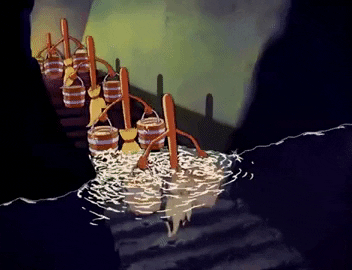Packard
Member
I will be tiling my first tub surround next weekend.
I stapled 6 mil thick plastic sheeting to the studs and then applied cement board. I used the special cement board tape to tape the butted joints of the separate boards and used thinset to fill all the screw holes and voids.
I applied two coats of Red Gard waterproofing.
I have 24" x 24" porcelain tiles and thinset and 1/8" leveling spacers.
I am not too worried about water intrusion. This is a rarely used guest bathroom. I've lived in this house for 24 years and it probably has seen 6 or 8 showers.

Any tips or suggestions or things to lookout for? I have only laid 12" x 12" and 12" x 24" floor tiles. I have a 1/2" x 1/2" notched trowel coming in.
I stapled 6 mil thick plastic sheeting to the studs and then applied cement board. I used the special cement board tape to tape the butted joints of the separate boards and used thinset to fill all the screw holes and voids.
I applied two coats of Red Gard waterproofing.
I have 24" x 24" porcelain tiles and thinset and 1/8" leveling spacers.
I am not too worried about water intrusion. This is a rarely used guest bathroom. I've lived in this house for 24 years and it probably has seen 6 or 8 showers.

Any tips or suggestions or things to lookout for? I have only laid 12" x 12" and 12" x 24" floor tiles. I have a 1/2" x 1/2" notched trowel coming in.




